The Nike PG 2 is the latest to be deconstructed by the good folks over at FastPass.cn.
Yes, it pains us to look at images such as these as well. The fact that these shoes could have gone to someone in need of a new pair of sneakers makes images like this hard to see. However, chopping them up is for educational purposes and taking apart the shoes long after they’ve been used doesn’t do anyone any good as this type of information should be available as soon as possible.
With so many product descriptions being wrong or outdated nowadays, we feel this type of thing is important — which is why we support the folks over at FastPass.cn. So, we feel your pain. Just know that we’re at least learning something.

The profile shot is a simple one; it shows us everything without saying anything at all — where the cushion is located, and how thick/thin it is. You’re also able to see how padded the interior of the shoe is, whether there is a heel to toe drop, which there almost always is, and how significant it is. Beautiful. Isn’t it?
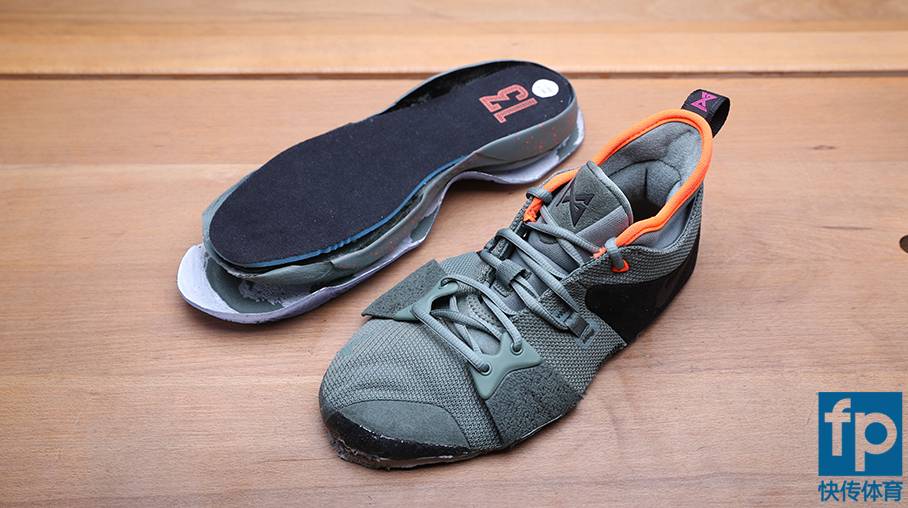
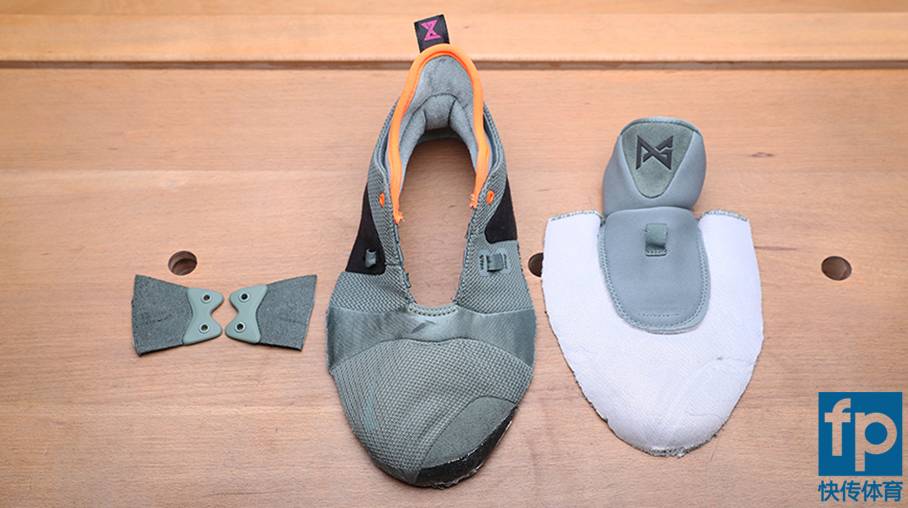
Layers. So many wonderful layers. Here you can see the partial internal bootie, which makes it much easier to get the shoe on and off, and the upper’s build and external Adaptive Fit forefoot straps. The heel padding sticks out to us the most; that area of the shoe was really well done and features lots of nicely sculpted padding for comfort and proper fit.
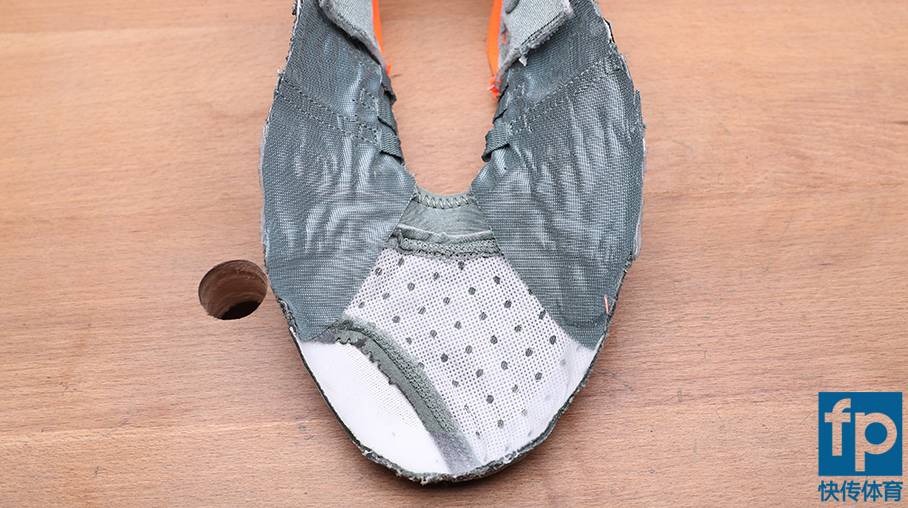
Reinforcing soft textiles when they’re placed in stress zones is essential, not only for the longevity of the material but also for the safety of the player wearing the shoe — no matter the player’s skill level.
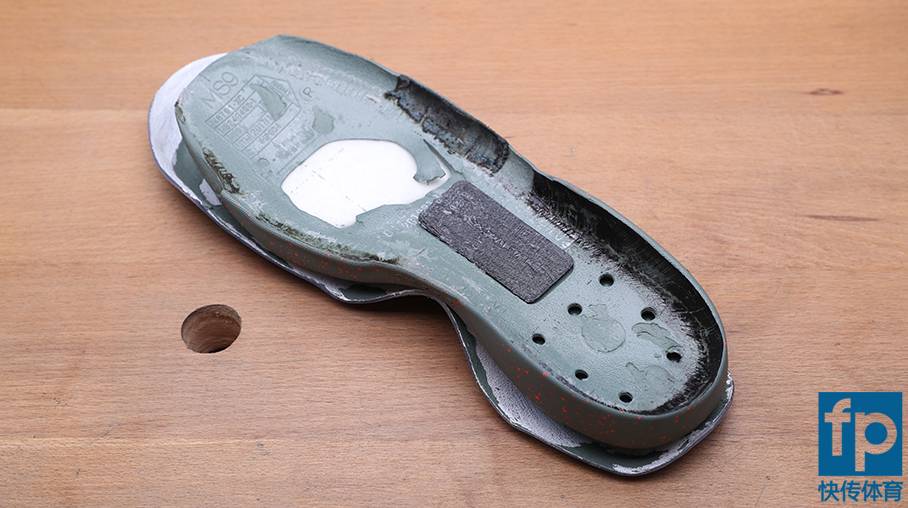
In my performance review I had stated that this Zoom Air setup felt as close to being Unlocked Zoom as possible without it actually being Unlocked Zoom. What this image shows is that it’s exactly like Unlocked Zoom Air with the exception of a moderator plate.
You can also see one of the reasons why the heel portion of the foam midsole is more comfortable than that of the Nike PG 1. This heel section of the midsole is cored out around the impact zone which allows for the foam to compress a lot more. This, coupled with a slightly altered foam density, made for a very comfortable and well balanced ride during our testing.
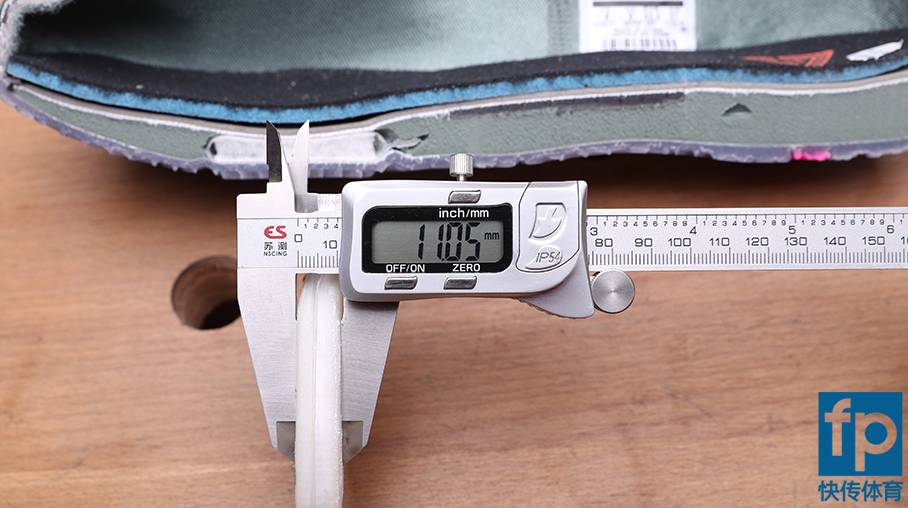
Don’t get too excited regarding cushioning; the forefoot Zoom Air unit is 10mm thick according to Nike. Yes, this one is over 11mm, which makes us think that quality control isn’t perfect and there will be variations and/or defects within production runs of footwear. This isn’t a Nike problem though, it’s normal for any company manufacturing something at such a high volume.
Torsional support comes in the form of this tiny TPU bar, which is now the norm for most models. It works just fine, but definitely could be better or more substantial.
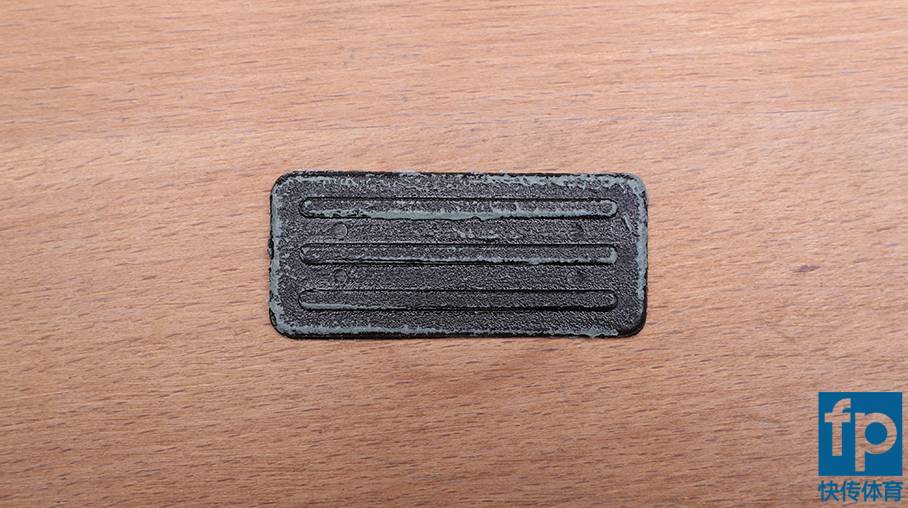
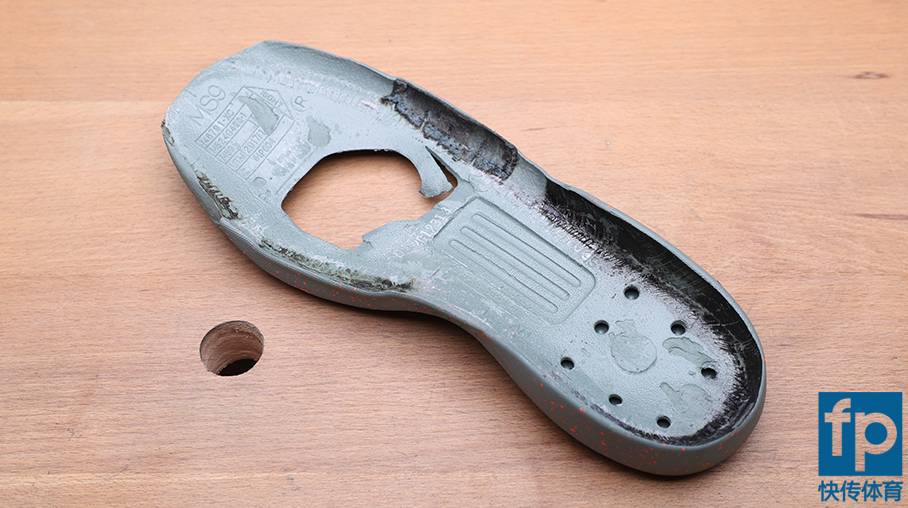
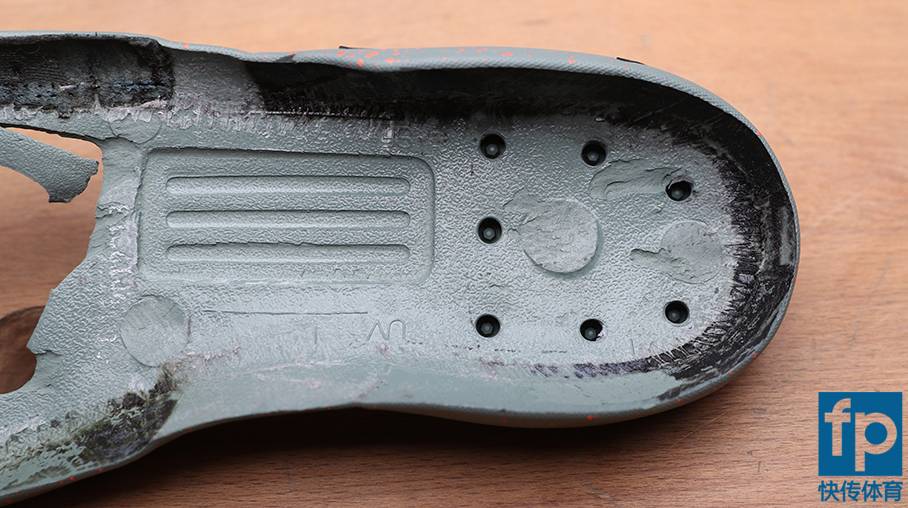
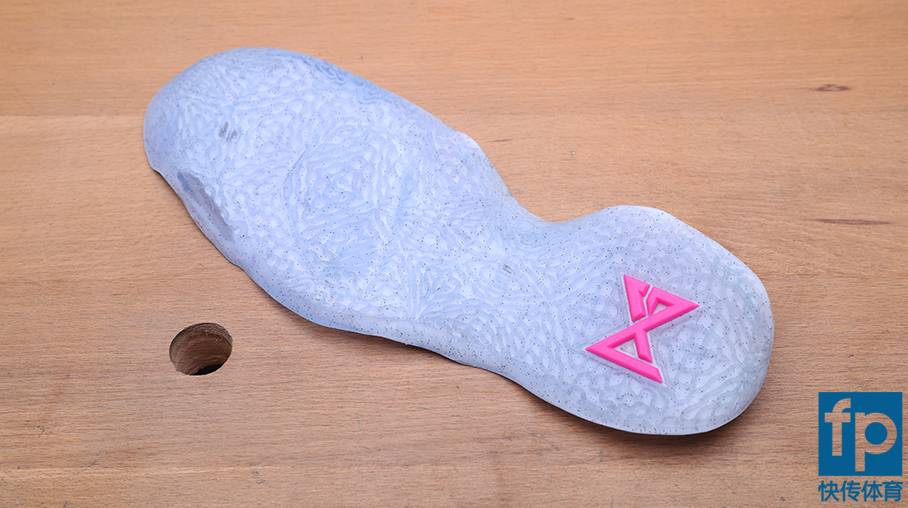
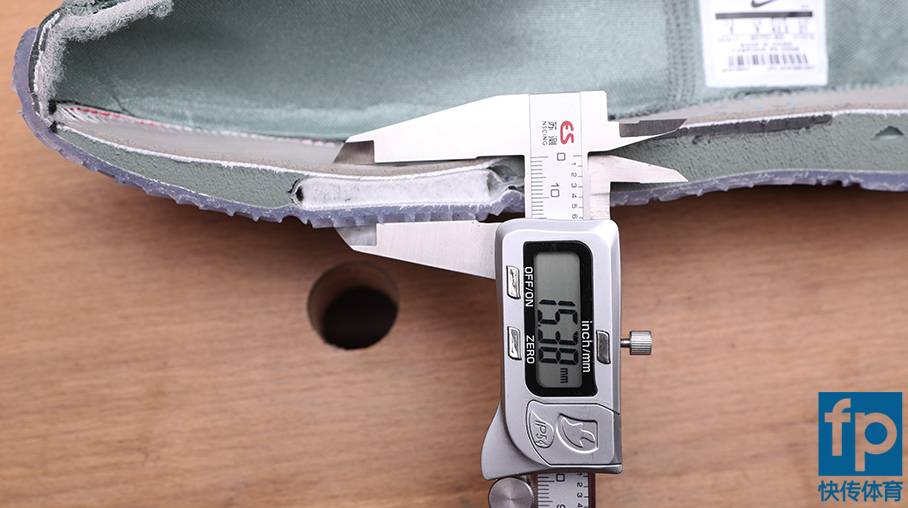

There looks to be an 8mm drop from the heel to toe. Some don’t mind the drop while others loath it. Below is a side by side comparison of the PG 1 and PG 2. The Nike PG 2 is definitely an upgrade in the cushion department. Nothing about how the shoe feels on-foot and on-court makes you feel as if you’re wearing a budget model — despite its $110 price tag.
We hope you enjoyed the detailed look and breakdown of the Nike PG 2 deconstructed. Feel free to share your thoughts on the dissection below in the comment section.
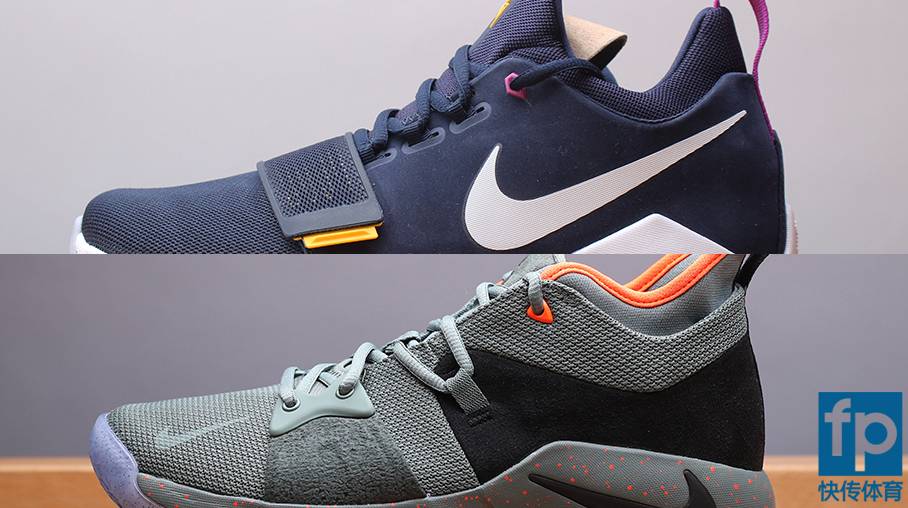
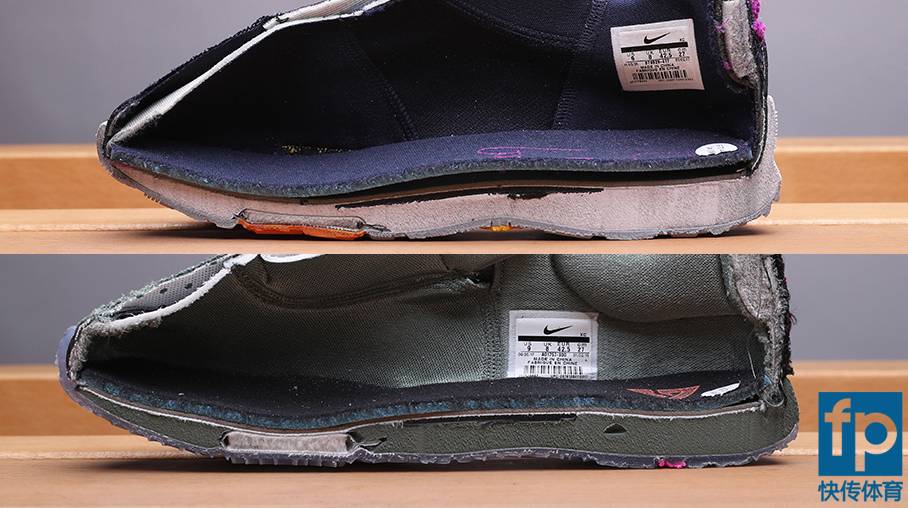
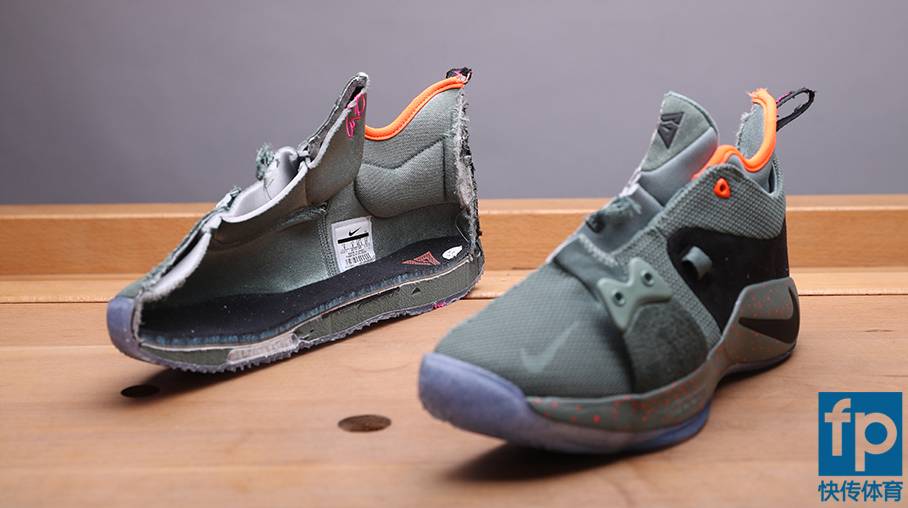
Images via FastPass.cn


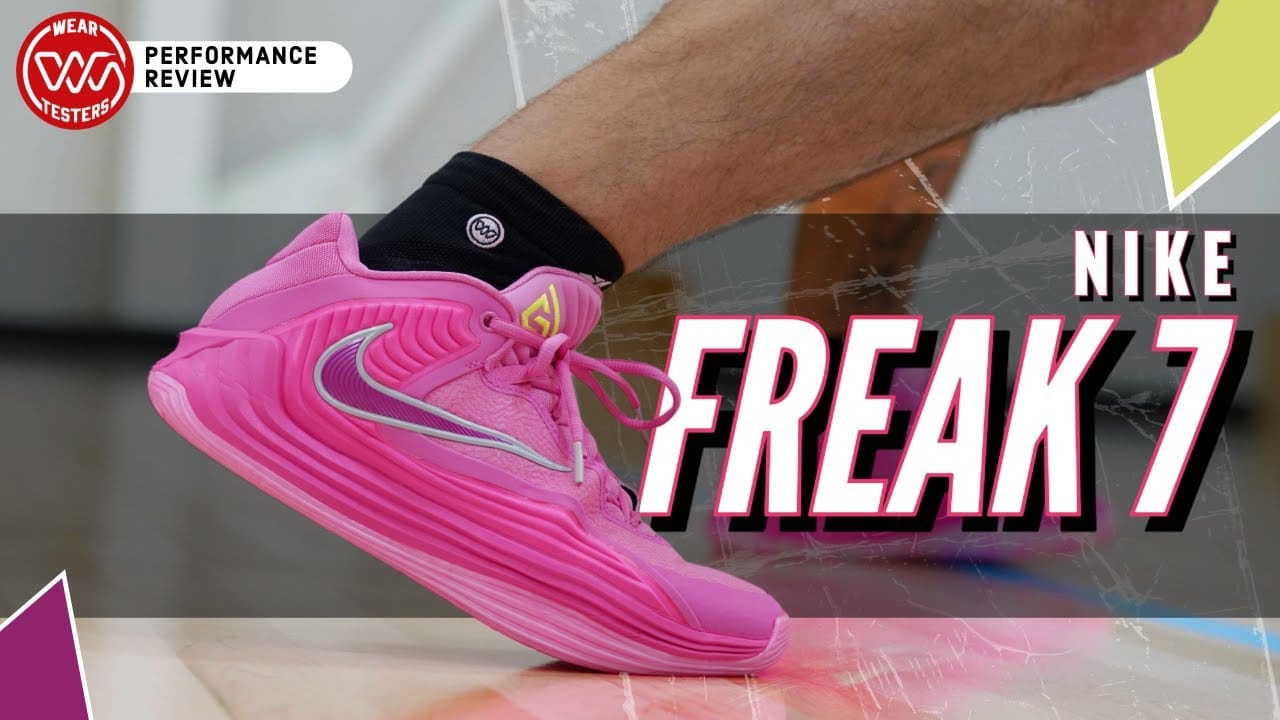
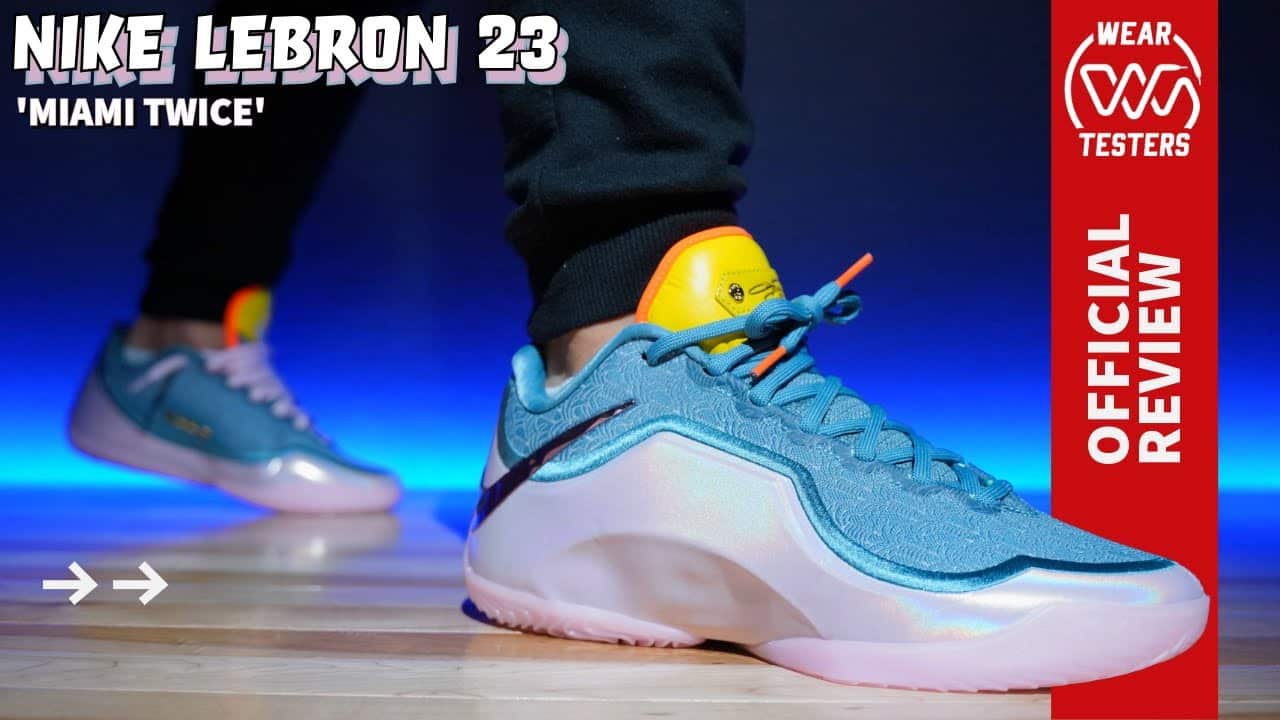
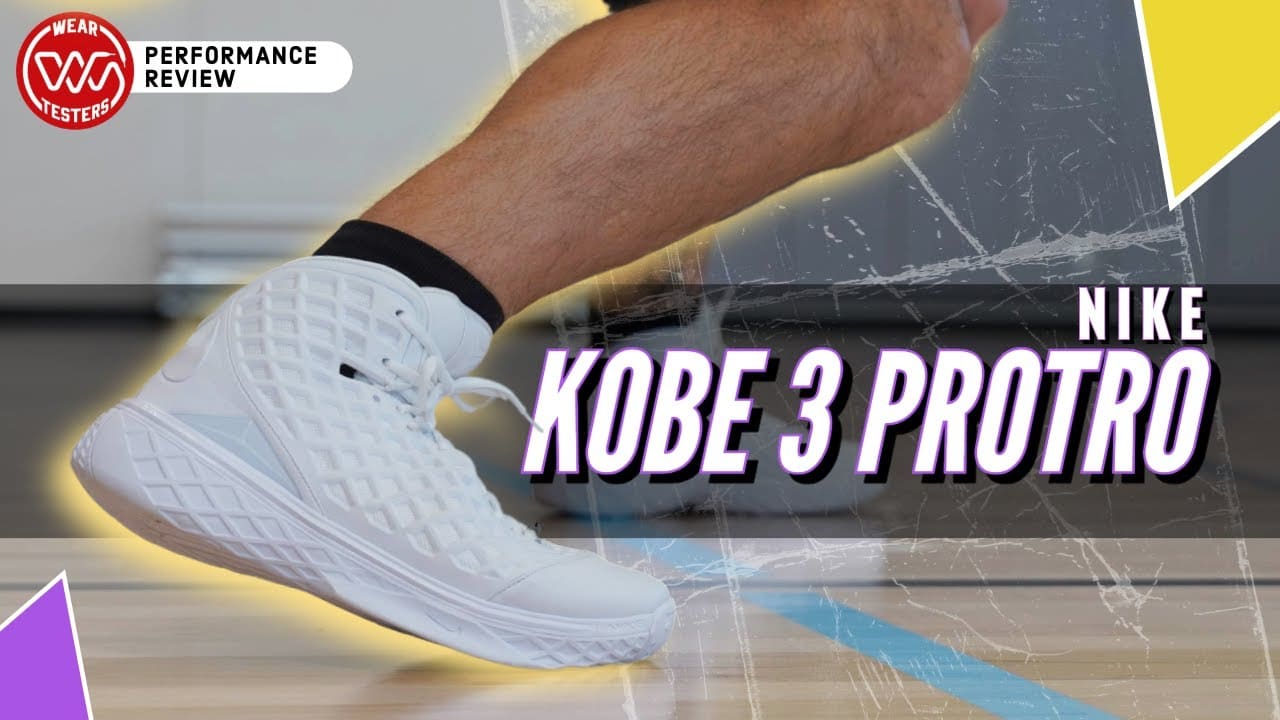
Both of 1 &2 are great, but the pg2 is amazing.
Theres no reason why nike can’t top load the zoom in every shoe. For years they’ve made zoom setups that you can’t feel, that might as well not be there. Perhaps because of lagging sales of ball shoes they’ve released several models in the last basketball year that allow you to feel the zoom, at decent prices no less. I would say keep that up, but thats the way it always should’ve been.
Reminds me of the Superfly 2.
A comparison between those two would be cool.
Main difference between the PG 2 and PG 2.5? And how does it (2.5) compare performance-wise with the Kobe Exodus?